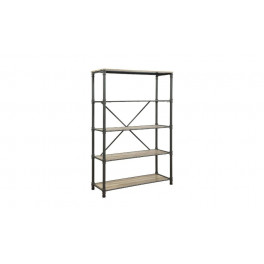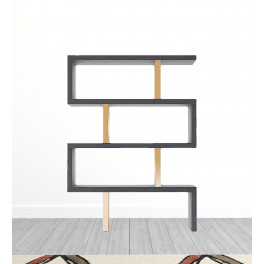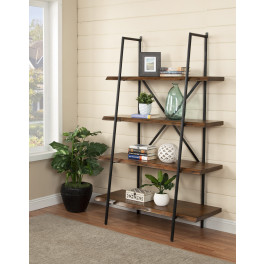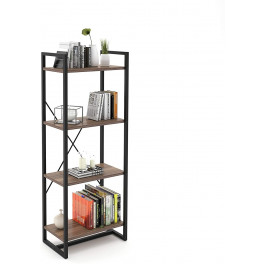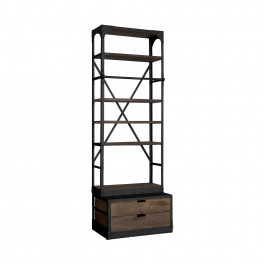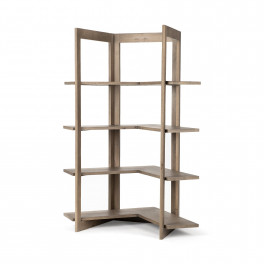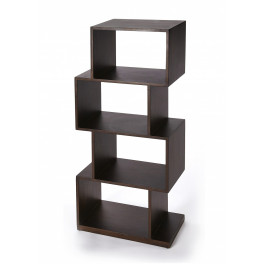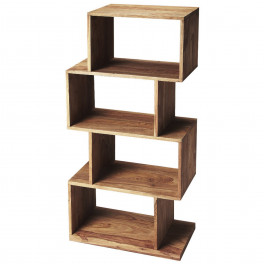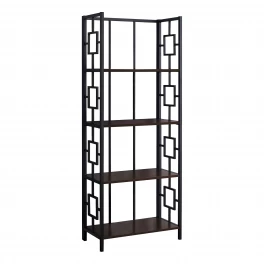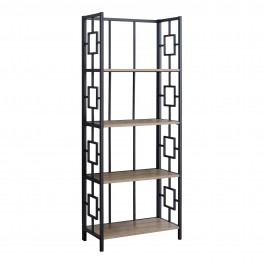No matter how large your space is or how few items you rely on for everyday life, it seems like there is never enough storage space. For many people, even a serious downsizing doesn’t take care of the overflow.
Adding furniture to serve as extra storage is often the most aesthetically-pleasing alternative. There are many types of storage furniture. Bookshelves, dressers, and ottomans are just a few typical options. Another choice that thrills many new homeowners is built-in furniture. Bookshelves, nooks, desks, bedside tables, staircase storage, and many other types of furnishings can be built-in, making them part of the house’s structure.
Popular and simple as they are, built-ins can be a polarizing option. Couples or families on the hunt for a house with plenty of storage and character love built-ins. People who value the ability to design and arrange their rooms avoid them, arguing that they limit furniture arrangement within the space. If you’re looking to buy or remodel a home and add some storage facilities, here are a few things to keep in mind.
Pros
- Built-ins offer a plentiful amount of free space.
- Visually, built-in shelves takes up less space and blend in with its surroundings.
- Built-ins take advantage of strange nooks and unused spaces, so that no part of your home is wasted.
- Their appearance can be relaxing and charming.
- The right built-in gives a room dual purpose, turning a bedroom into a combination office space, or turning your living room a library.
- Built-ins save space in other areas like the garage or attic, and give you built-in places to showcase items you’d like to have on display.
Cons
- Built-ins are fixed in space and cannot be moved to fit a new furniture layout.
- They can be hard to utilize if the items you want to display do not fit with their size, and many are not adjustable.
- Built-ins may affect your ability to resell.
- The color of a built-in can drastically change the feel within a room.
Fake It
If you love the look of built-ins but rent or live in a space where adding them isn’t feasible, you can still achieve the look. There are many ways to fake a built-in which gives you the option of moving the “built-in” when you need to rearrange or sell.
The primary things to keep in mind are color, size, and seams. Painting a shelving unit the same color as the room around it (or vice versa) will make it look like it’s a part of the architecture of the room. Additionally, ensuring that the shelf goes all the way to the ceiling, or all the way across the wall if it’s a low horizontal shelf, tricks the eye into thinking it’s part of the wall.
Seams can be trickier to hide. Across the top and bottom of a shelf, mimicking the look of the crown molding or baseboard is a great way to carry the eye across the new “built-in." Placing the same type of shelf in a row to fill a space creates a great built-in look, but then you must deal with the seams between the units. One way to fix this is to arrange items across the top of the shelves so that they overlap the seams, making it look like a single surface. Another is to actually install a single long surface, like a bench cushion, across the top of all the units, creating a cohesive feel.
Finally, if your shelves reach the ceiling, you could also hang small items like a mirror or picture frame over some of the seams. You don’t have to cover them all, but a few pieces here and there will make the seams appear to have a solid background. Whether you adore built-ins and want the look right away, or you’re curious and just want to try it out, faking is a great way to explore different looks.
If you lack storage in your home, it can be difficult to truly use the space all around you. Built-in furniture can be a great option to help with this problem. These guidelines can help you decide if it’s the option you want to take.




